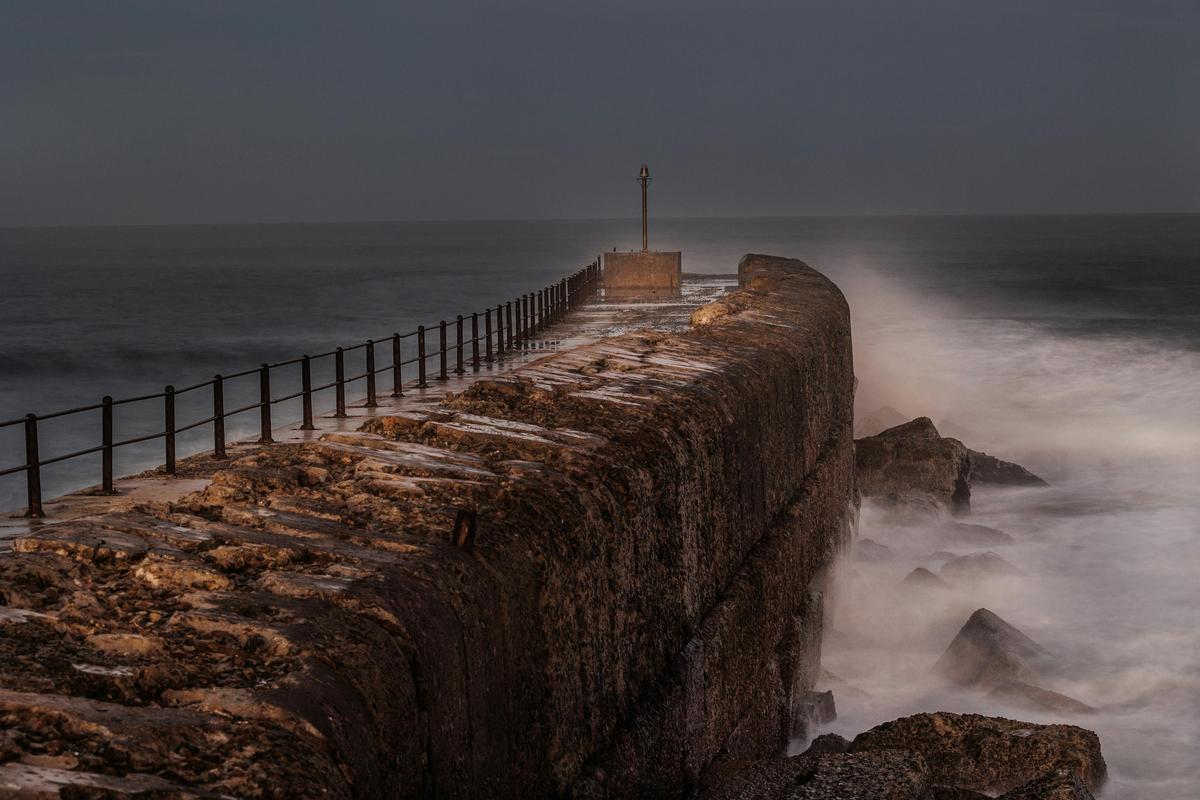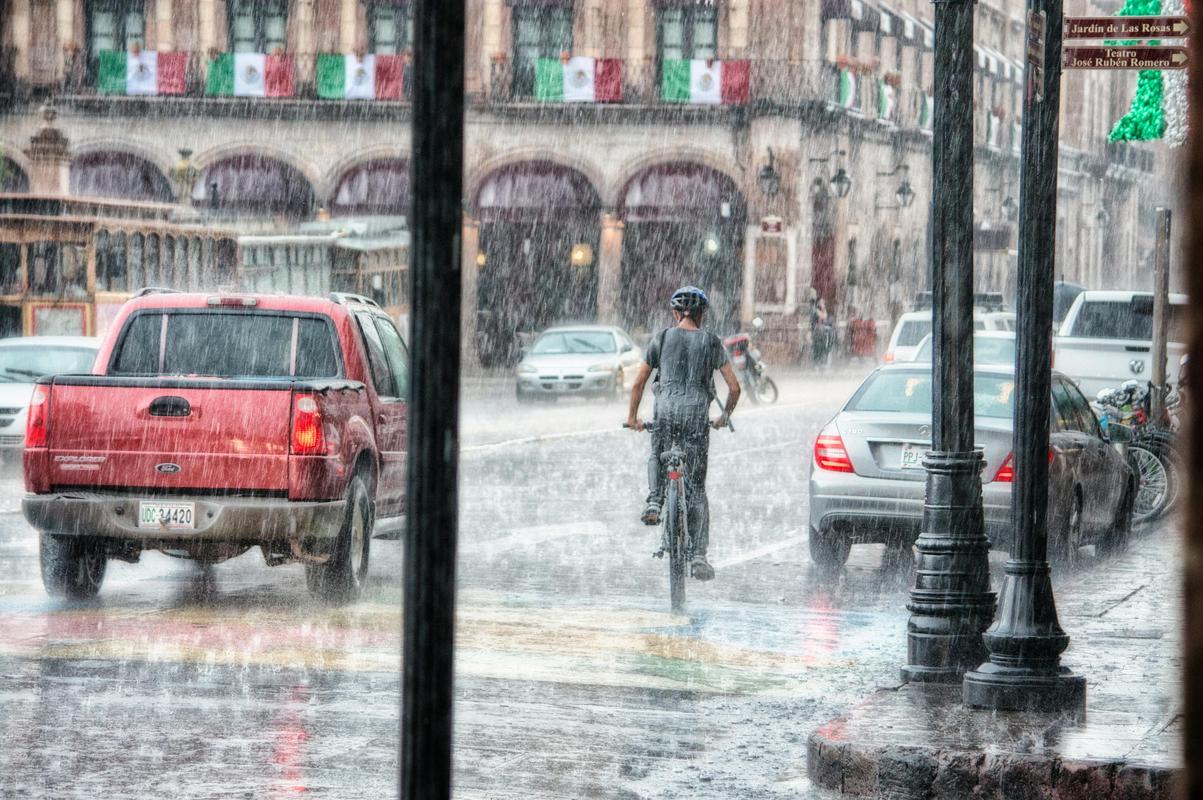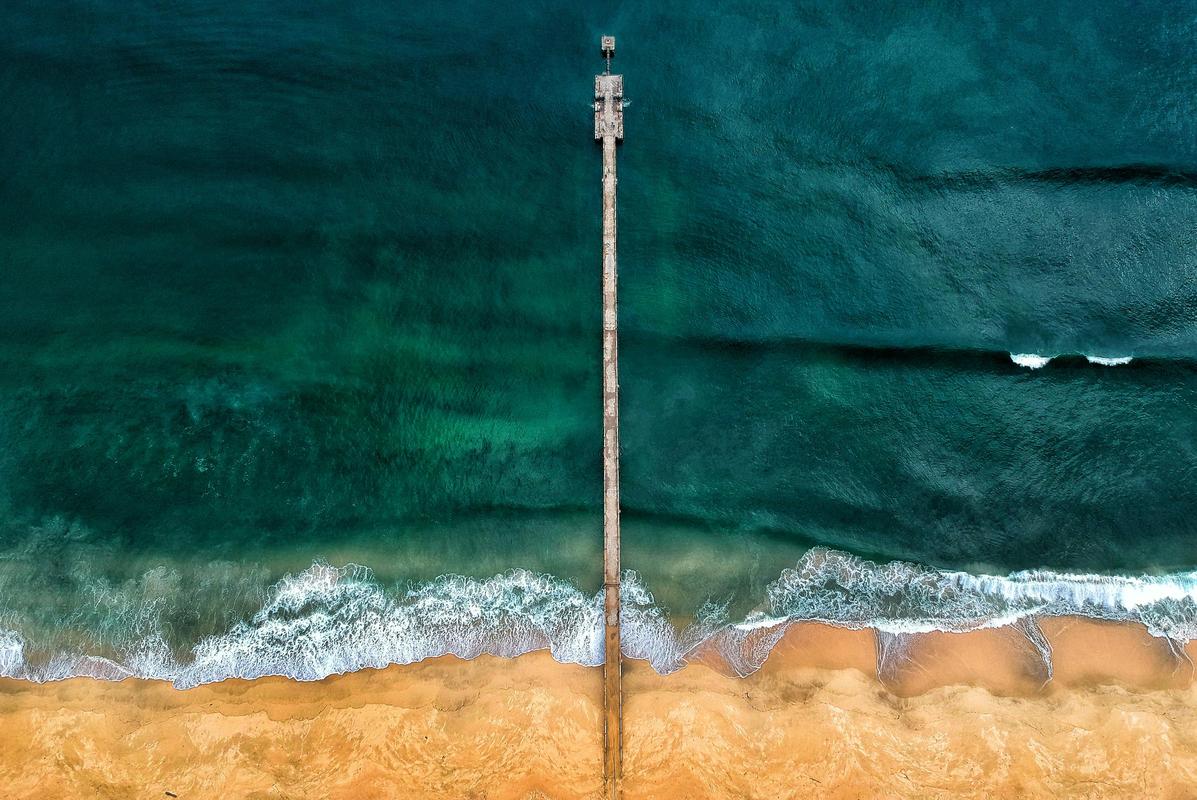Understanding the Basics: Are Sea Levels Actually Rising?
The evidence is clear: sea levels are indeed rising, and the trend is speeding up. After staying pretty much the same for thousands of years, global average sea level has been steadily going up since the late 19th century. Measurements show that the rate of change has almost doubled in recent decades, with sea level now going up at an average of 0.12 inches per year since 1993 - more than twice the long-term rate from 1880 to 2013.
The reasons for this worrying trend are well-documented. Burning fossil fuels releases heat-trapping gases into the atmosphere, causing global temperatures to rise. As the planet warms, the oceans expand, and land-based ice, like glaciers and ice sheets, melts faster. These factors are directly responsible for the observed rise in sea levels worldwide.
The impacts are already being felt, especially along the U.S. coastline. Relative sea level has gone up more than 8 inches in parts of the Mid-Atlantic and Gulf Coast regions since 1960. On the other hand, some areas like Alaska and the Pacific Northwest have actually seen a decrease in relative sea level due to local land elevation changes. But the overall direction is clear: evidence suggests sea level along the U.S. coastline will go up 10 to 12 inches by 2050, as much as the rise measured from 1920 to 2020.
The implications of this sea level rise are significant. Coastal communities face a higher risk of flooding, storm surges, and other dangers that threaten lives, property, and infrastructure. Dealing with this challenge will require a united global effort to reduce greenhouse gas emissions and lessen the effects of climate change. The time to act is now, before the consequences become truly serious. 1 2
The Science Behind Rising Sea Levels: What You Need to Know
The Earth’s climate is going through a big change, and one of the most obvious signs of this is the steady increase in global sea levels. This worrying trend, caused by a mix of natural and human factors, poses a big threat to coastal communities all over the world.
Satellite and tide station data show that the rate of sea level rise has more than doubled since the early 1900s, now speeding up at a rate of 0.13 inches per year. This speed-up is mainly due to two main factors: the expansion of warmer ocean waters and the melting of land-based ice, like glaciers and ice sheets.
The Greenland ice sheet, for example, is melting four times faster than it was in 2003 and is responsible for 20% of the current sea level rise.
As the planet gets hotter, the IPCC predicts that by 2100, the melting of Greenland and Antarctic ice could add an extra 3.1 to 21.6 inches to global sea level. This worrying prediction highlights the urgent need to tackle the root causes of climate change and reduce its harmful effects.
Coastal areas, where almost 40% of the U.S. population lives and eight of the world’s 10 biggest cities are located, are especially at risk from rising seas. Flooding, erosion of shorelines, and increased dangers from storms are just some of the problems these communities are dealing with. Adapting to these changes will need a mix of approaches, including improving infrastructure, managing coastlines, and building community resilience.
The science behind rising sea levels is clear, and the time to take action is now. By understanding the main causes and potential consequences, we can work together to reduce the risks and protect our shared future on this delicate planet. 3 4
 Photo by Charl Durand on Pexels
Photo by Charl Durand on Pexels
Impact of Rising Sea Levels on Coastal Communities
The impacts of rising sea levels are no longer a distant concern, but a pressing reality for coastal communities across the globe. As global temperatures continue to climb, the consequences are becoming increasingly real, with far-reaching implications for the way we live, work, and thrive along our shorelines.
Warmer temperatures are melting land and glacial ice, releasing vast amounts of water into the world’s oceans. At the same time, the expansion of warmer ocean water is causing sea levels to rise at a faster rate. In the Southeastern United States, some tide gauges have recorded up to 3 feet of local relative sea level rise over the past century. This alarming trend is only expected to continue, with many coastal cities projected to experience more than 30 days of high-tide flooding per year by 2050, even with reductions in fossil fuel emissions.
The consequences of this rising tide are far-reaching. Coastal erosion is devastating beaches, with some areas losing over 6 feet of shoreline per year. Sensitive ecosystems like wetlands, seagrass beds, and mangroves are being flooded, disrupting delicate natural balances. Intense storms fueled by warmer ocean temperatures are also becoming more frequent, bringing with them powerful winds, waves, and floods that cause chaos in coastal communities.
- Warmer temperatures are causing land and glacial ice to melt, releasing vast amounts of water into the world’s oceans.
- Local relative sea level rise in the Southeastern U.S. has reached up to 3 feet over the past century.
- Coastal erosion is devastating beaches, with some areas losing over 6 feet of shoreline per year.
- Sensitive coastal ecosystems are being disrupted by rising seas and more intense storms.
- Many coastal cities are projected to experience more than 30 days of high-tide flooding per year by 2050.
The stark reality is that the impacts of rising sea levels are no longer a distant threat, but a present-day challenge that coastal communities must face head-on. As we deal with this new reality, it is clear that innovative solutions and resilient planning will be essential to protect our homes, livelihoods, and natural treasures for generations to come. 5 6
Future Predictions: Are Sea Levels Actually Rising Faster Than Expected?
The evidence is clear: sea levels are rising faster than we thought, and the impact on coastal communities across the United States is huge. NASA’s satellite data shows a worrying picture, with predictions suggesting that by 2050, sea levels could go up by as much as 12 inches (30 centimeters) above current levels. The Gulf Coast and Southeast will feel this change the most, with an average rise of 14 to 18 inches (35 to 45 centimeters). Even the East Coast, which has been less at risk historically, is expected to see a rise of 10 to 14 inches (25 to 35 centimeters) on average.
Adding to this challenge, a cyclical “wobble” in the Moon’s orbit, along with the continuous rise in sea levels, will lead to more frequent and intense high-tide flooding along every U.S. coastline by the mid-2030s. Coastal communities need to prepare for the impact, as these events become more common, threatening critical infrastructure, disrupting daily life, and eroding the very foundations on which these towns and cities were built.
The increasing rate of sea level rise, seen in NASA’s satellite measurements from 1993 to 2020, suggests that future predictions might be even higher. This harsh reality calls for immediate action and long-term planning to protect vulnerable populations and vital resources. Policymakers, urban planners, and community leaders must take heed and work together to come up with creative solutions that can withstand the rising tides and ensure the resilience of coastal regions for generations to come. 7 8
References
-
“Climate Change Indicators Sea Level” - www.epa.gov ↩
-
“Coastal Impacts” - toolkit.climate.gov ↩
-
“Coasts Storms And Sea Level Rise” - www.usgs.gov ↩
-
“Ipcc Ar6 Sea Level Projection Tool” - sealevel.nasa.gov ↩

 Photo by
Photo by  Photo by
Photo by